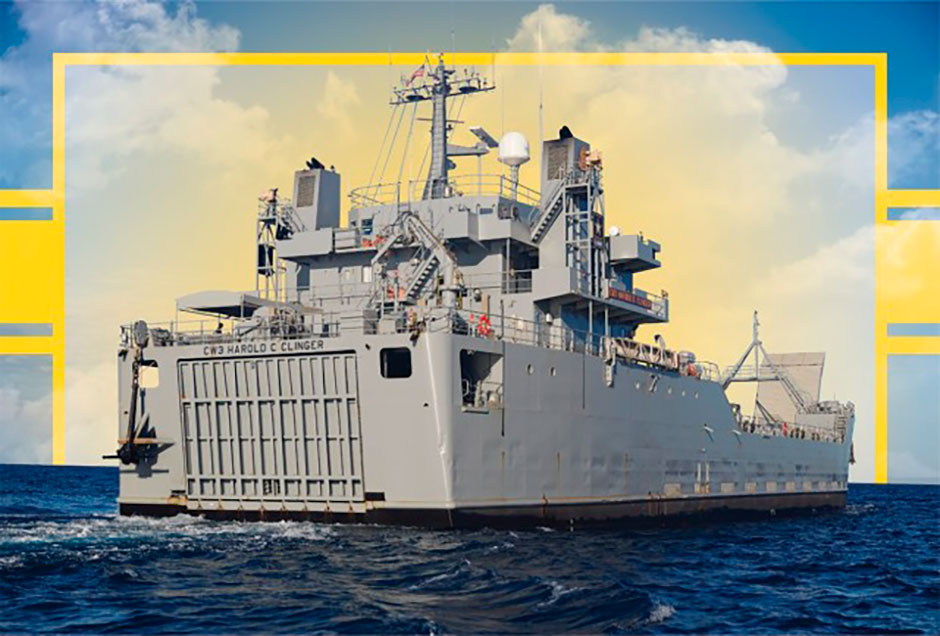By Maureena Thompson, Army Futures Command
AUSTIN, Texas — Army Futures Command researchers, analysts, engineers and innovators work diligently every day to provide the Army and its warfighters with the concepts, capabilities and organizational designs they need to dominate a future battlefield.
The command’s rigorous approach to modernization involves not only developing detailed requirements for cutting-edge materiel and multi-domain-capable force design, but also examining closely how proposed requirements could impact other force dynamics or support needs.
Specializing in this line of requirements fine-tuning is the Research and Analysis Center, or TRAC, at Army Futures Command. The center — which works closely with the command’s Futures and Concepts Center and other future force design practitioners — is dedicated to researching and analyzing both current operations and future scenarios, extracting key insights to inform Army senior leader decision-making.
The breadth and depth of assessment expertise offered by TRAC personnel makes the organization well-suited to tackle the complexities of concept framing.
“TRAC has always had a reputation of analyzing the toughest problems and equipping Army senior leaders to make those critical decisions,” said Maj. David Freeman, a combat operations analyst at TRAC’s Fort Leavenworth office.
“We know that our job is to provide unbiased analysis for these concepts.”
In late July, TRAC hosted a virtual tabletop exercise with subject matter experts from across the Army to determine how requirements recently developed by Army Futures Command’s Sustainment Capability Development Integration Directorate would affect Army performance, training needs and other elements within an operational context.
This concept framing effort, which took place over the course of four days, focused on the development of a next-generation ship to shore logistics vessel — a ship capable of delivering personnel, equipment and supplies from the open sea onto undeveloped beach shores — that will offer future commanders increased operational flexibility.
Scenarios explored during the tabletop exercise highlighted strengths and areas for growth among a set of potential vessel designs. Modeling movements of the vessels within the context of various vignettes enabled participants to better assess risks and create a prioritized list of operational attributes.
Participants in the exercise included seasoned subject matter experts from Fires, Maneuver, Maneuver Support and Sustainment Capability Development Integration Directorates; the Directorate of Intelligence and Security; and U.S. Army Pacific. The virtual nature of the event allowed for engagement from across the country, resulting in approximately 25 attendees being able to participate.
Wayne Vornholt, an operations research analyst at TRAC Fort Leavenworth, explained how differences of opinion among group members elicit a richer understanding of operational dynamics and requirements.
“They’re each going to represent their interests. Hearing those different points of view in a group is very important,” Vornholt said.
“Like I tell them when we come in, it’s okay if you disagree,” he said, adding that “the important thing is we need to understand why you disagree” in order to convey those observations to Army senior leaders.
Beyond framing specific requirements for the ship to shore logistics vessel, the event demonstrated the importance of Army efforts to establish and refine requirements early on in the modernization process.
“The requirements form the foundation for these concepts,” Freeman emphasized.
“The better that these requirements are clearly defined, the more evidence supporting them, the better you can build upon that foundation as the force development process moves along.”
Freeman, Vornholt and the rest of the TRAC team look forward to continuing to examine and hone requirements through a series of collaborative workshops and tabletop exercises that leverage the operational knowledge of multiple stakeholders.
“By bringing in this group of a wide diversity, we can really understand what the performance drivers are for this vessel in order to accomplish the mission,” said Freeman, who noted the recent exercise provided a “more holistic look at this concept.”
“It definitely is a team effort to do something like this and to make sure that we represent all the equities and the stakeholders,” Vornholt said.
TRAC’s ship to shore logistics vessel concept framing effort, which kicked off in March, will culminate in a requirements and framing analysis study by September.
